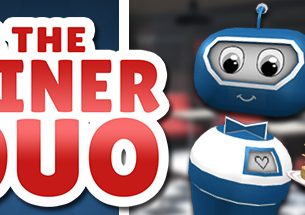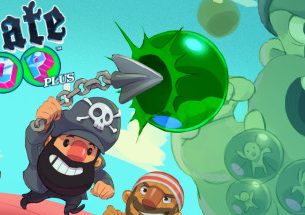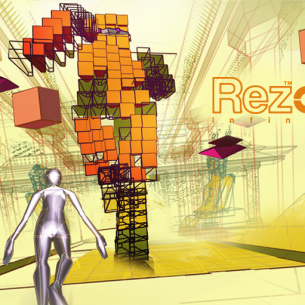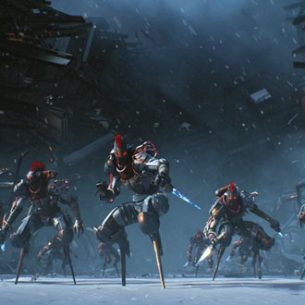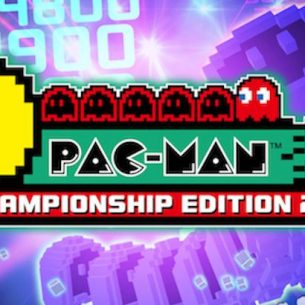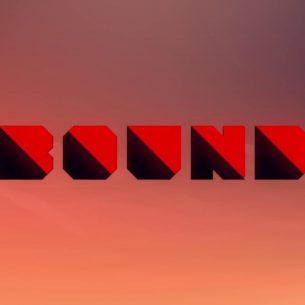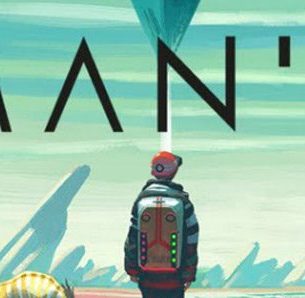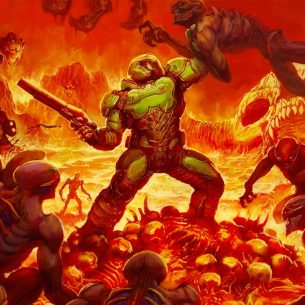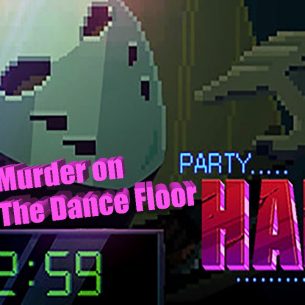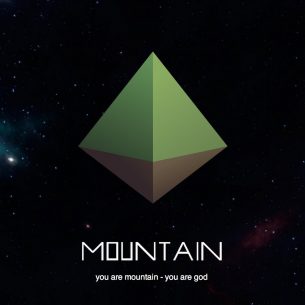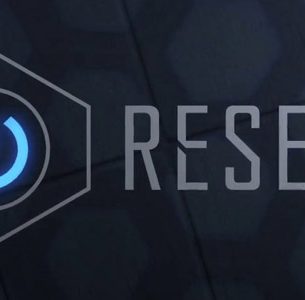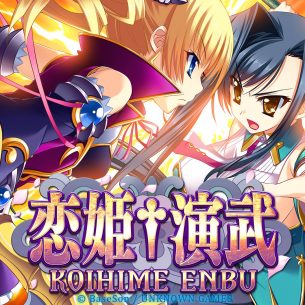Archive Post
Home / review
Diner Duo | REVIEW
So far, in it’s short existence, the Vive has had an interesting selection of games.…
Pirate Pop Plus | REVIEW
When I was younger, I played a lot of simple games. I clearly remember getting…
Rez Infinite | REVIEW
Rez Infinite is immensely difficult to review. It’s a daunting task, really. That’s not because…
Destiny: Rise Of Iron | REVIEW
Considering it sounds like Bungie was hoping to have Destiny 2 out by now and…
Pac-Man Championship Edition 2 | REVIEW
Pac-Man Championship Edition 2 follows up on its predecessors with a strange proposition. Imagine you've grown…
Bound Review: A Game That Hits All The Right Beats
In a summer that has allowed indie games and smaller titles to shine and show…
No Man’s Sky Review: How I Stopped Worrying and Learned to Love Exploring
Review written by John Edward Bridgman - follow him on Twitter at @JEBWrench! [caption…
DOOM Single Player Review: (Chain)Saw Me Up Inside
After following id Software's DOOM revival for more than two years I finally got the chance…
Party Hard delivers slow methodical action | Review
Do your neighbors annoy you? Do you like killing? If you answered yes to either…
Is Mountain A Form Of Modernism Or Just Another Screensaver?
Is Mountain a form of modernism or a screensaver? On one hand, Mountain offers a…
Hard Reset Redux Review | An Amazing Example of What Remade Games Can Be
2011 was a big year for a lot of people. Many huge events happened that…
SUMMER SALE! GAMES YOU SHOULD PLAY: ONE FINGER DEATH PUNCH
THROUGHOUT STEAM’S SUMMER SALE, I WILL BE REVIEWING GAMES THAT ARE RIPE FOR THE PICKING. THESE…
SUMMER SALE! GAMES YOU SHOULD PLAY: DUST: AN ELYSIAN TAIL
THROUGHOUT STEAM’S SUMMER SALE, I WILL BE REVIEWING GAMES THAT ARE RIPE FOR THE PICKING. THESE…
Summer Sale! Games You Should Play: HammerWatch
It is that time of the year (For our Northern Hemisphere readers). The days are…
Koihime Enbu a fighting game with cute girls | review
Koihime Enbu is one of those games that surprised me, I was offered the chance…

